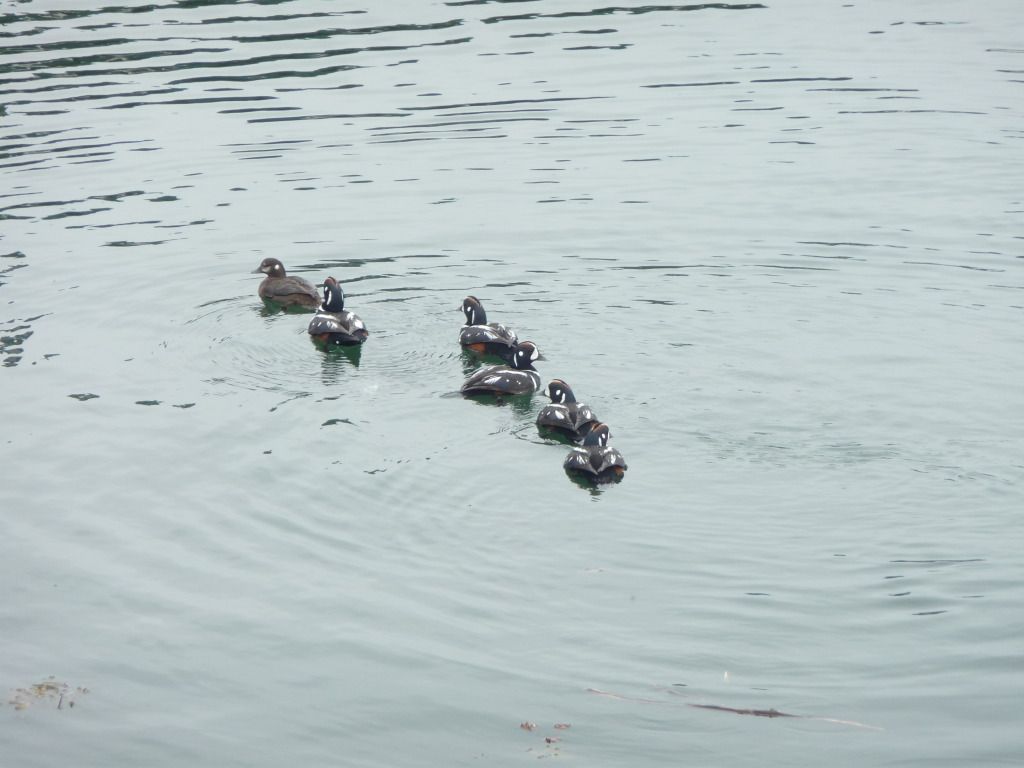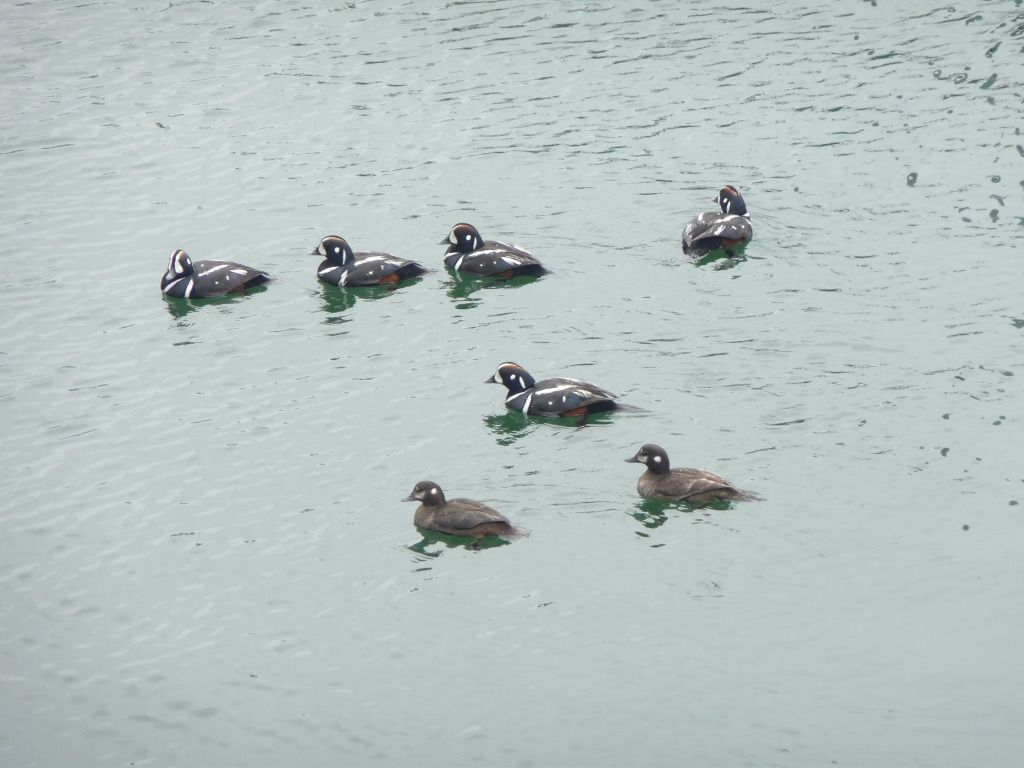It all started while I was attending college in
I decided I wanted to access these canals for hunting purposes, but I had to figure out how to get my kayak down the miles of dike roads. My first prototype kayak trailer was built from a salvaged golf caddy cart and some PVC pipe. It worked quite well at low speeds behind my mountain bike. At high speeds the trailer tongue would start to flex and it would develop an oscillation that looked like the "tail wagging the dog." I had intended to proceed directly to an aluminum version, but the trailer was so cheap and work well enough that I didn't bother.
 |
| Phase 1 - Golf caddy and PVC cart |
 |
| Phase 1 - Golf caddy and PVC cart |
Phase 1 served me very well until it failed one dark morning in my senior year of college. The coupler connecting it to the bike broke and my kayak and trailer when careening off the levee into a batch of stinging nettles. I managed to limp it along to reach my hunting spot, but the trailer needed major repairs. At that point the season was almost over and I was busy getting ready to graduate so building phase 2 was put on the back burner.
When I moved up to
 |
| Phase 2 - Frame under construction |
 |
| Phase 2 - Triangulated 4 link suspension |
 |
| Phase 2 - Triangulated 4 link suspension |
I decided I really wanted an off road suspension so I hit my favorite off-roading forums and read up on suspension design principle. On Pirate4x4.com I ran across an excel program that computed all the necessary parameters to design a triangulated 4 link suspension. This type of suspension uses 4 links that connect at different points of the trailer frame and axle to control the movement and placement of the axle.
The design was sound, but my execution was lacking. I had to find a way to make my own links and mounting points. I found some small rod ends that allowed the articulation I wanted, but the threaded rods were the weak link and they failed catastrophically as I was walking back to the trail head.
 |
| Phase 2 - Pre-triangulated 4 link suspension |
 |
| Phase 2 - Cart in action |
Another year of day dreaming and design led me to modifying the suspension on my current trailer, since the frame was still in good condition. I had a friend help me weld on some tabs to the frame and the trailing arms to create pivot points and mounts for the shocks.
 |
| Phase 3 - Independent Trailing Arms with Coil-over shocks |
 |
| Phase 3 - Independent Trailing Arms with Coil-over shocks |
Phase 4 will have new trailing arms, probably in the shape of an "A" with two connection points, to resist the lateral loading and they will be set further back for better frame support and balance. I will probably reduce the overall height, either by moving the shock or using smaller wheels.
Feel free to contact me if you have any questions or comments about this project.


